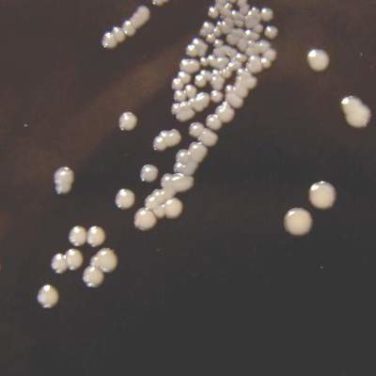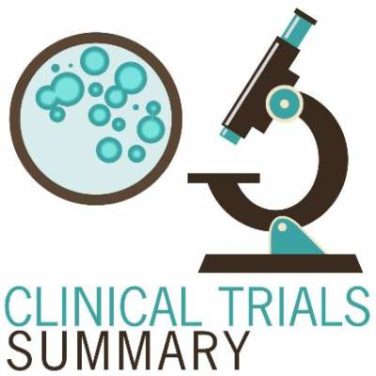AT THE PEDIATRIC HOSPITAL MEDICINE 2015 MEETING
SAN ANTONIO (FRONTLINE MEDICAL NEWS) – Nebulized hypertonic saline has emerged as a promising, low-risk, and low-cost treatment option for bronchiolitis, a disease for which few options exist.
Still, the evidence for hypertonic saline remains inconsistent, with many studies failing to show a clear benefit in clinical scores or length of stay compared with normal saline in children hospitalized for bronchiolitis. Supportive care remains the recommended approach for this patient group.
A 2013 Cochrane review of trials comparing normal saline 0.9% with hypertonic saline 3% suggested that hypertonic saline reduced mean hospital length of stay by 1.3 days in children with bronchiolitis as well as improved clinical severity scores. But more recent negative trials have called the Cochrane findings into question.
At the Pediatric Hospital Medicine meeting, Dr. Corinne G. Brooks of the Children’s Hospital at Dartmouth-Hitchcock in Lebanon, N.H., presented an updated evaluation of the Cochrane findings as well as several newer studies, which found that study heterogeneity was excessively high, though resolved by accounting for culturally expected length of stay, which varied from 2 to 7 days across studies.
Studies conducted in countries where average length of stay for bronchiolitis in the placebo arm is longer than 3 days reported a greater benefit than did those in countries like the United States, in which stays typically average fewer than 3 days. Because hospital length of stay should be correlated with severity of illness, Dr. Brooks also evaluated respiratory scores available in each study and found that higher scores also correlated with the utility of hypertonic saline.
The two Chinese studies included in the review had particularly long lengths of stay and were conducted in a city with poor air quality, and in which about 70% of patients were on systemic corticosteroids at baseline. “So there’s some question as to whether they were even measuring the same disease process,” Dr. Brooks told the conference.
Dr. Brooks and her colleagues reevaluated the Cochrane data both with and without the two outlying studies from China, and incorporated results from three additional studies not included in the Cochrane review.
Modeling cumulative results using a length of stay typical in the United States, the benefit from hypertonic saline was a reduction of 0.31 days, or 31 days/100 patients.
Dr. Brooks noted that the current data are consistent with two possibilities, that the longer a patient is treated with hypertonic saline, the better it works or that “perhaps hypertonic saline works better for sicker patients – we don’t know yet.” She acknowledged several limitations of the meta-analysis, including that patient age, additional medications, day of illness at admission, and frequency of treatment could not be correlated.
The existing data “do not support rejecting hypertonic saline for all patients or giving it to all populations,” Dr. Brooks told the conference, noting that “there are good physiologic reasons to believe hypertonic saline might have an impact based on its benefits to other respiratory populations such as cystic fibrosis – and it’s particularly appealing because of its low risk and low cost.”
However, she said, “if we’re going to use this intervention intelligently, we need to find where there is and where there isn’t a benefit.”
Dr. Brooks concluded that hypertonic saline might be worth considering for patients with an expected stay of longer than 3 days or for those with baseline clinical scores higher than average. Her study received no outside funding, and she disclosed no conflicts of interest.




